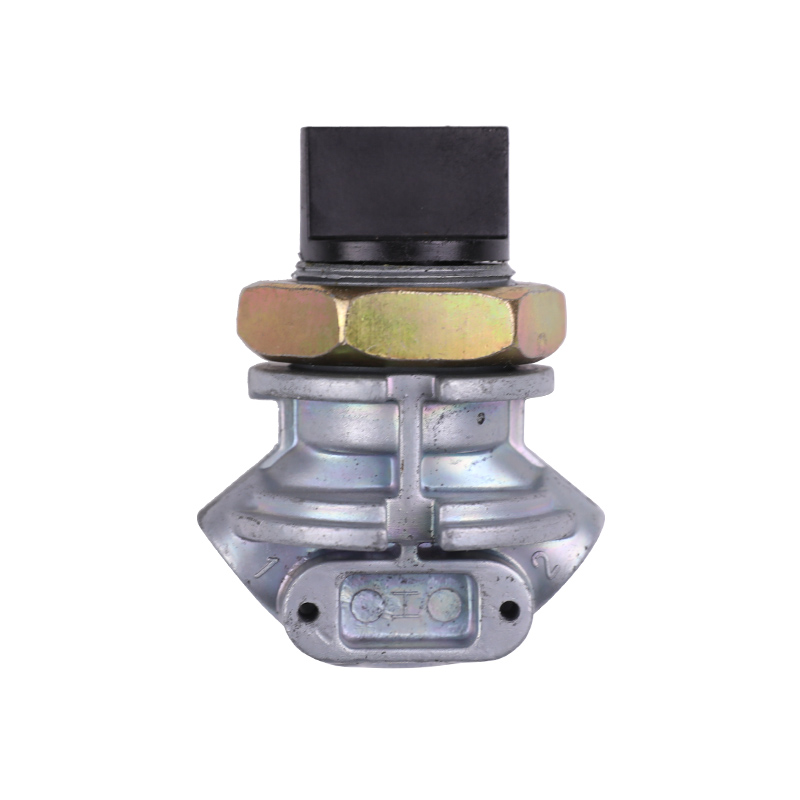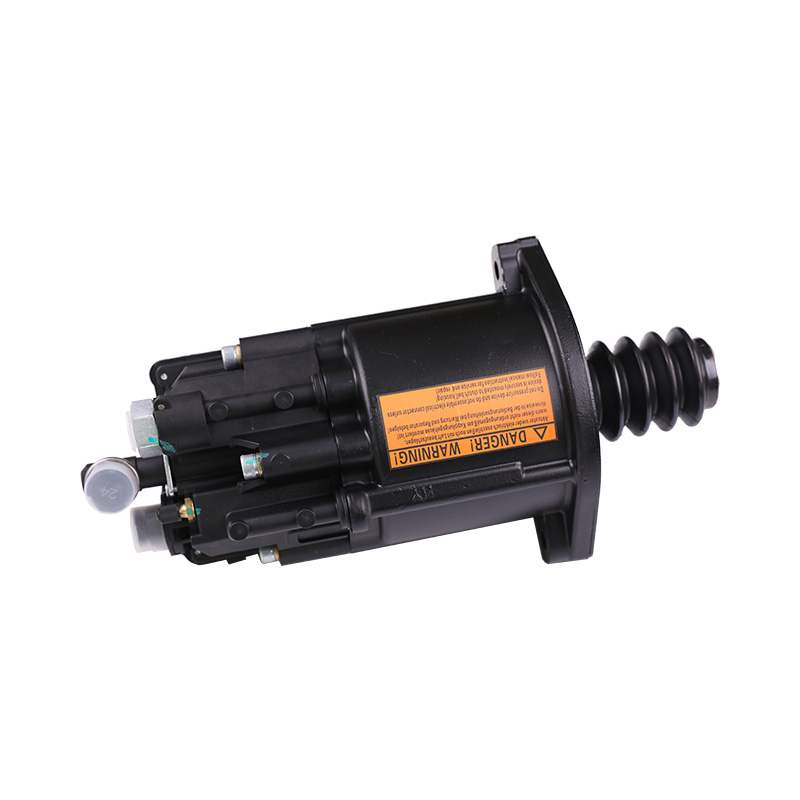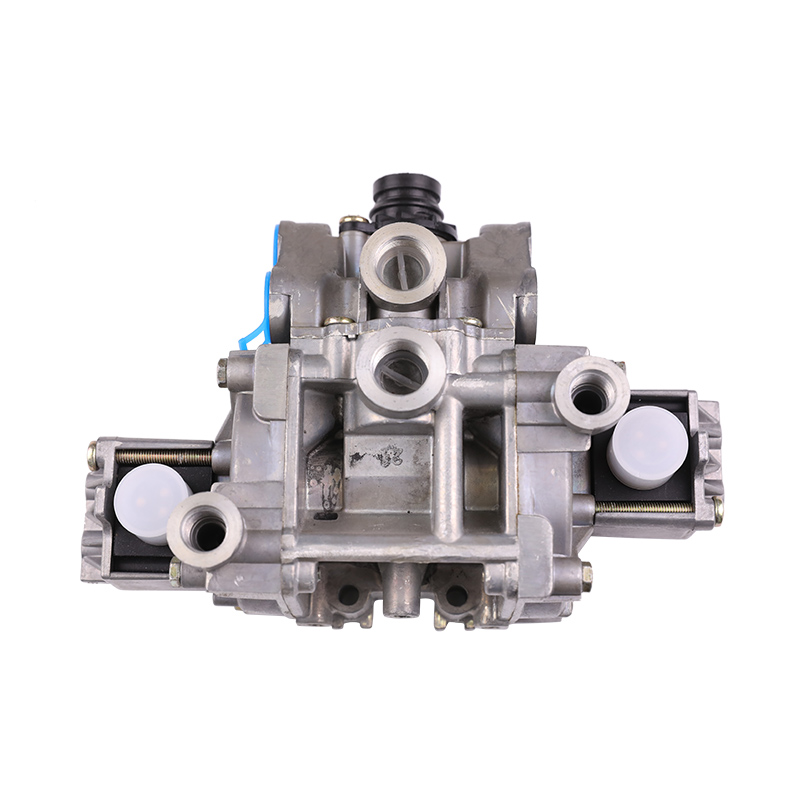The check valve is an essential component in many industrial systems. It is also commonly found in common household appliances, waste water systems, and industrial systems. Among its many uses, a check valve can be found in water, CO2, and aquariums. It closes when back pressure builds, pushing the valve's gate, ball, or diaphragm against the orifice. These valves also contain a spring or other mechanism to assist the closing process.
A check valve is an automatic safety device. It prevents reverse flow by opening and closing when fluid pressure increases. It prevents reverse flow in a pipeline. Its two ports serve as the inlet and outlet. If the pressure increases in one area, the valve closes to prevent backflow into the opposite area. Check valves are also known as one-way or non-return valves. So, how do they work?

Ball check valves use a rubber-coated ball to block flow in the inlet. When pressure is applied, the ball moves to a seat and closes the valve. The ball may stick in the closed position and cause the flow to stop. Another type of check valve is a cone check valve. A ball check valve has a conical seat and is installed in a horizontal or vertical position. They are also economical.
A swing check valve is the most common type of check valve. This type has a full port design, and its disc is out of the way during fluid flow. As the flow proceeds, the disc opens and closes to prevent backflow. In some cases, a spring is attached to the disc to provide a faster closing time. Often, it is important to clean the disc in swing check valves to avoid excessive wear.
The cracking pressure of a check valve depends on its purpose and function. It can range from three to 350 psi. The purpose of a check valve is to prevent leaks and protect pumps. Depending on their design, check valves are known by different names. Some of them are called clack, non-return (NRV), reflux, and retention, and some are used to control fluid flow in one direction.
Another type of check valve is the tilting disc type. This type of valve is characterized by a center pivot point where fluid flows over the top and bottom disc. Tilting disc check valves are often used in applications where the flow reverses often. They perform well in both low and high velocity applications. However, they do have a lower pressure drop when the flow rate is low, and a higher pressure drop when the flow is high.
Non-slam check valves are suitable for high-pressure and high-velocity applications. Their perfect disk-to-seat fit is perfect to prevent leaks. Non-slam check valves are often used in piping systems with globe valves. Lift check valves have superior leak-tight properties than swing check valves. In this article, we'll discuss three types of check valves: non-slam check valves, swing check valves, and swing check valves.
Swing check valves are another popular type. They consist of a flap or disc the diameter of the pipe. The disc swings upward during forward flow. When reverse flow occurs, the flap closes against the seat, cutting off the flow. In other words, the swing check valve is designed to prevent backflow. A swing check valve has a low pressure drop and less turbulence than other check valves. They are best suited for slow, steady flow.






